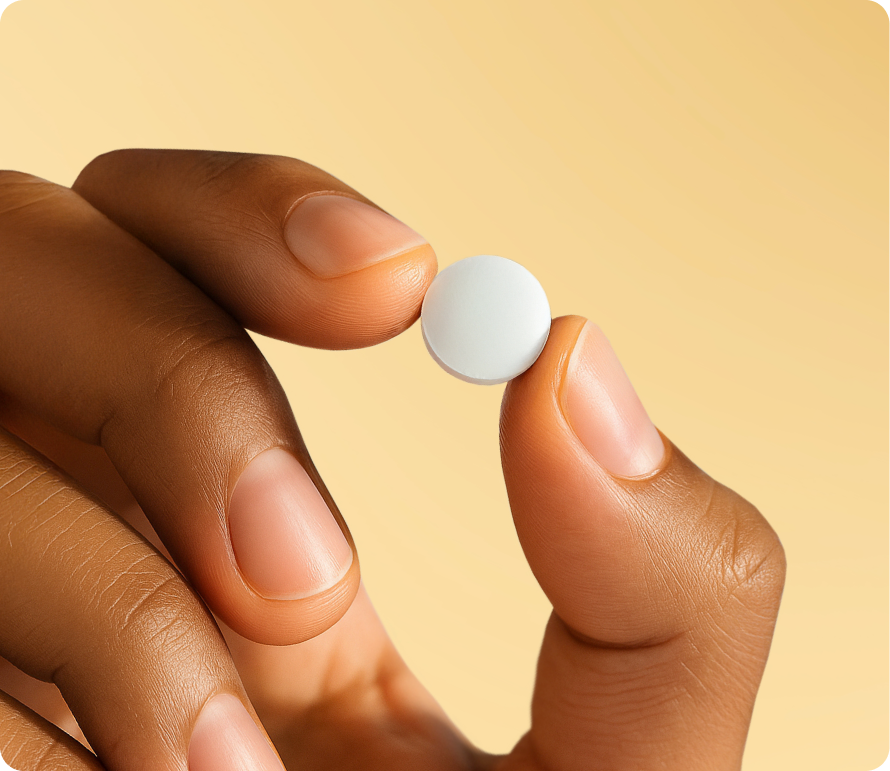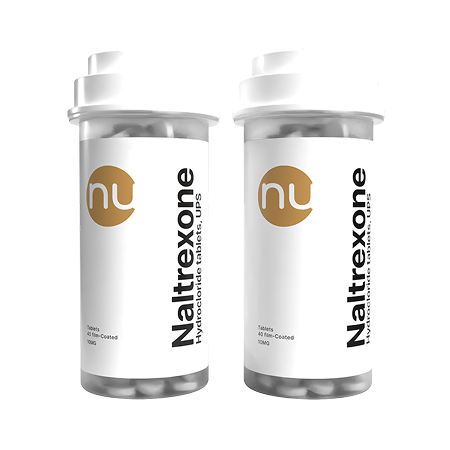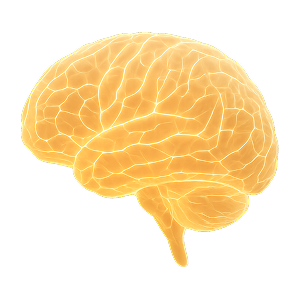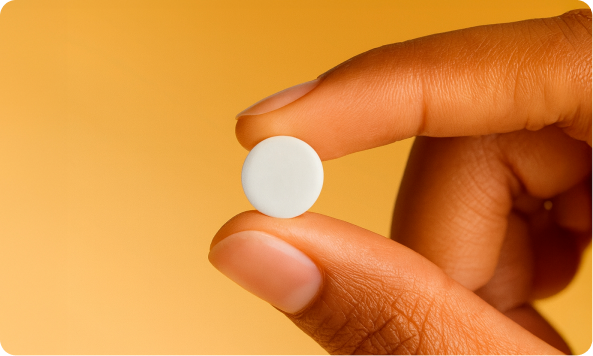Menu
Weight loss
Hormones
Sex
EXPLORE
MEET NU IMAGE MEDICAL
TREATMENTS
MEET NU IMAGE MEDICAL
TREATMENTS
MEET NU IMAGE MEDICAL
Naltrexone (Low Dose Option)
A medical alternative studied for its role in brain systems related to appetite and reward.
It is prescribed only under professional guidance as part of a personalized care plan.

Discover Naltrexone
Low Dose Naltrexone may be included in physician-supervised programs.
Its use is determined within clinical care plans, either individually or in combination with other therapeutic options, always under medical supervision.

How is Naltrexone studied?
Research has examined
Low Dose Naltrexone in relation to:
Brain circuits involved in eating behavior.
The modulation of satiety and reward signals.
Its possible interaction with neurotransmitters linked to appetite and energy balance.

Scientific literature has explored its role in various health contexts, including:

Appetite signals
Studied in relation to mechanisms involved in hunger regulation.
Neurotransmitters
Evaluated for its interaction with dopamine and reward systems.
Inflammatory processes
Reviewed in studies exploring its possible influence on inflammatory response.

Clinical integration
Considered only under professional supervision as part of comprehensive care strategies.

Appetite signals
Studied in relation to mechanisms involved in hunger regulation.
Neurotransmitters
Evaluated for its interaction with dopamine and reward systems.
Inflammatory processes
Reviewed in studies exploring its possible influence on inflammatory response.

Clinical integration
Considered only under professional supervision as part of comprehensive care strategies.
A thoughtful combination
of ingredients
Acarbose Precose®
Incorporated into the plan for its studied role in carbohydrate processing within nutritional programs.
Orlistat Xenical®
Integrated into the protocol as part of dietary strategies overseen by medical providers.
WAYT-less® brings together carefully selected components within a structured plan. When combined with a reduced-calorie diet and healthy lifestyle choices, it is designed to be part of a comprehensive wellness approach.


